Basilica di Santa Croce
Mon Nov 27, 2017 10:12 amSanta Croce, Church of the Holy Cross, is the largest Franciscan Church in the world and was built in the 14th Century.
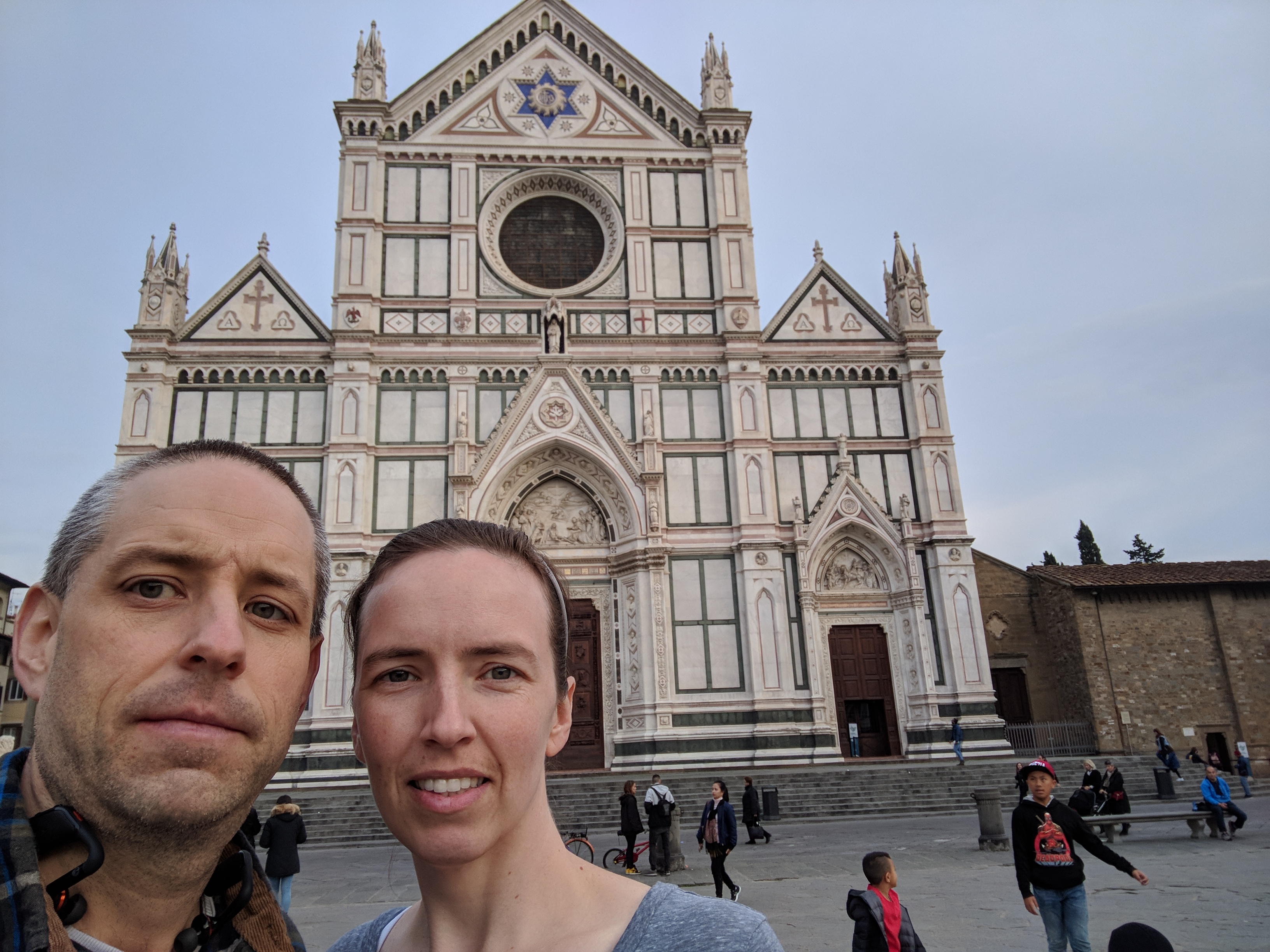
Basilica di Santa Croce is a Medieval/Gothic Church.
But the facade is neo-Gothic, an architectural style that arose in the late 19th Century, an era which embraced Romanticism, leaving behind the rationalism of the Enlightenment, and also leaving behind neo-Classical Architecture, (which in the English-speaking world is known as Georgian).
(Another great example of neo-Gothic architecure is Neuschwanstein Castle)
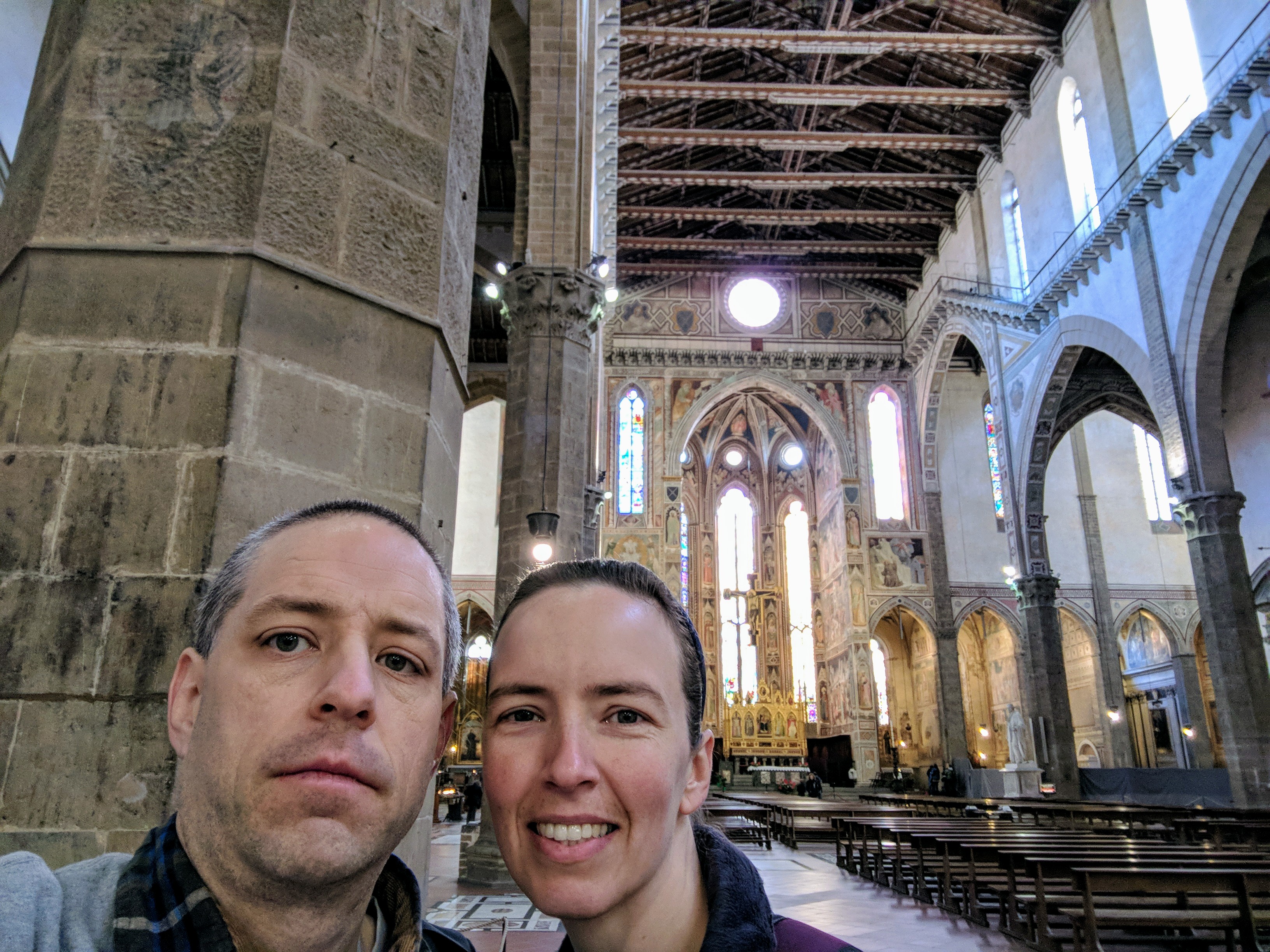
You know you are inside a Gothic Church when you see pointed arches.
The walls are decorated with Counter-Reformation art in the form of Mannerist paintings. Think of Mannerism as late Renaissance art which is idealized and pro-Catholic. You know, the human figures are anatomically realistic with realistic muscles and limbs, but perhaps the muscles are a little too strong, or perhaps the neck is a little too long.
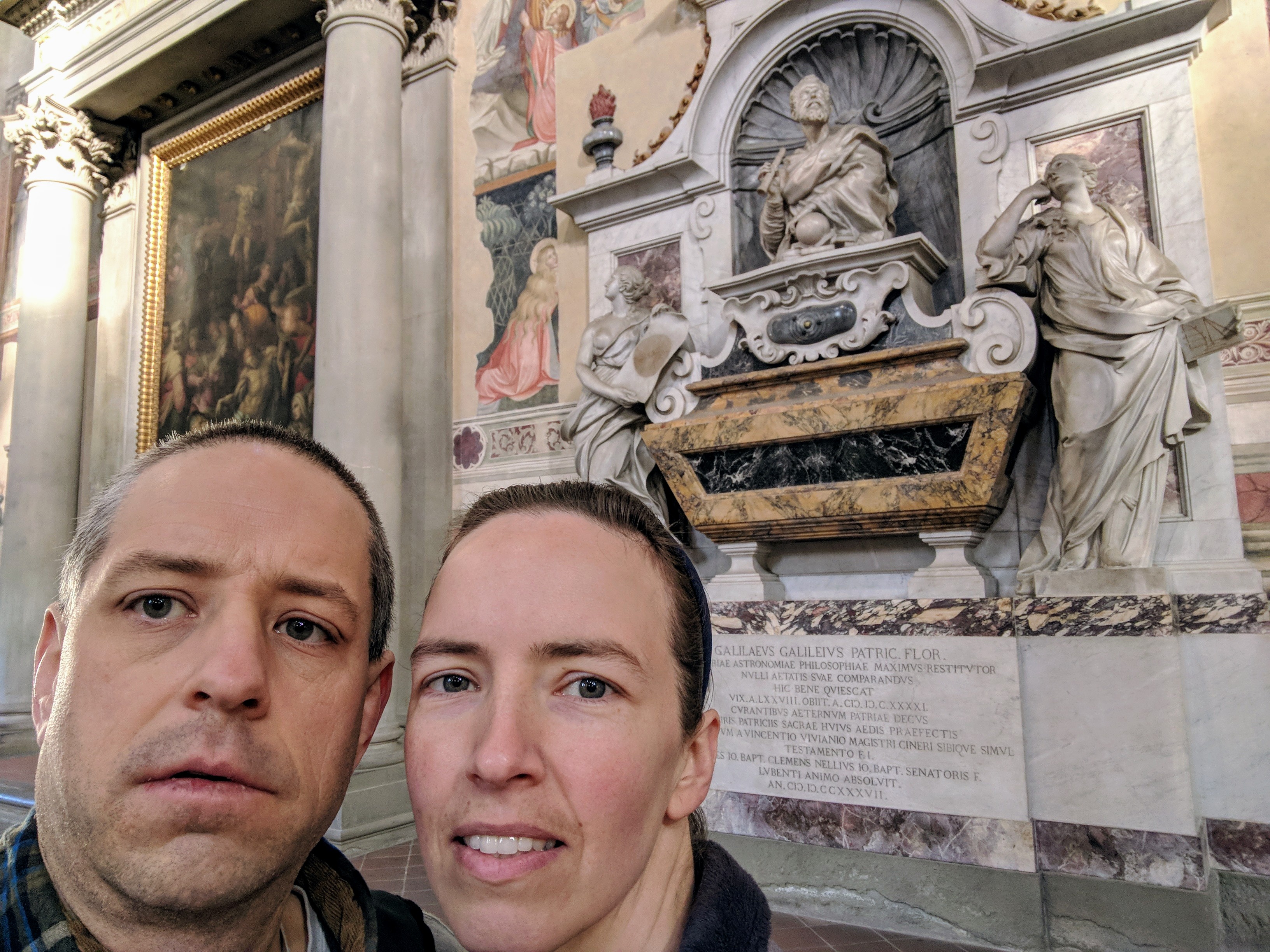
Galileo was a Renaissance-era scientist from Pisa, who promoted the idea that the Earth revolves around the Sun.
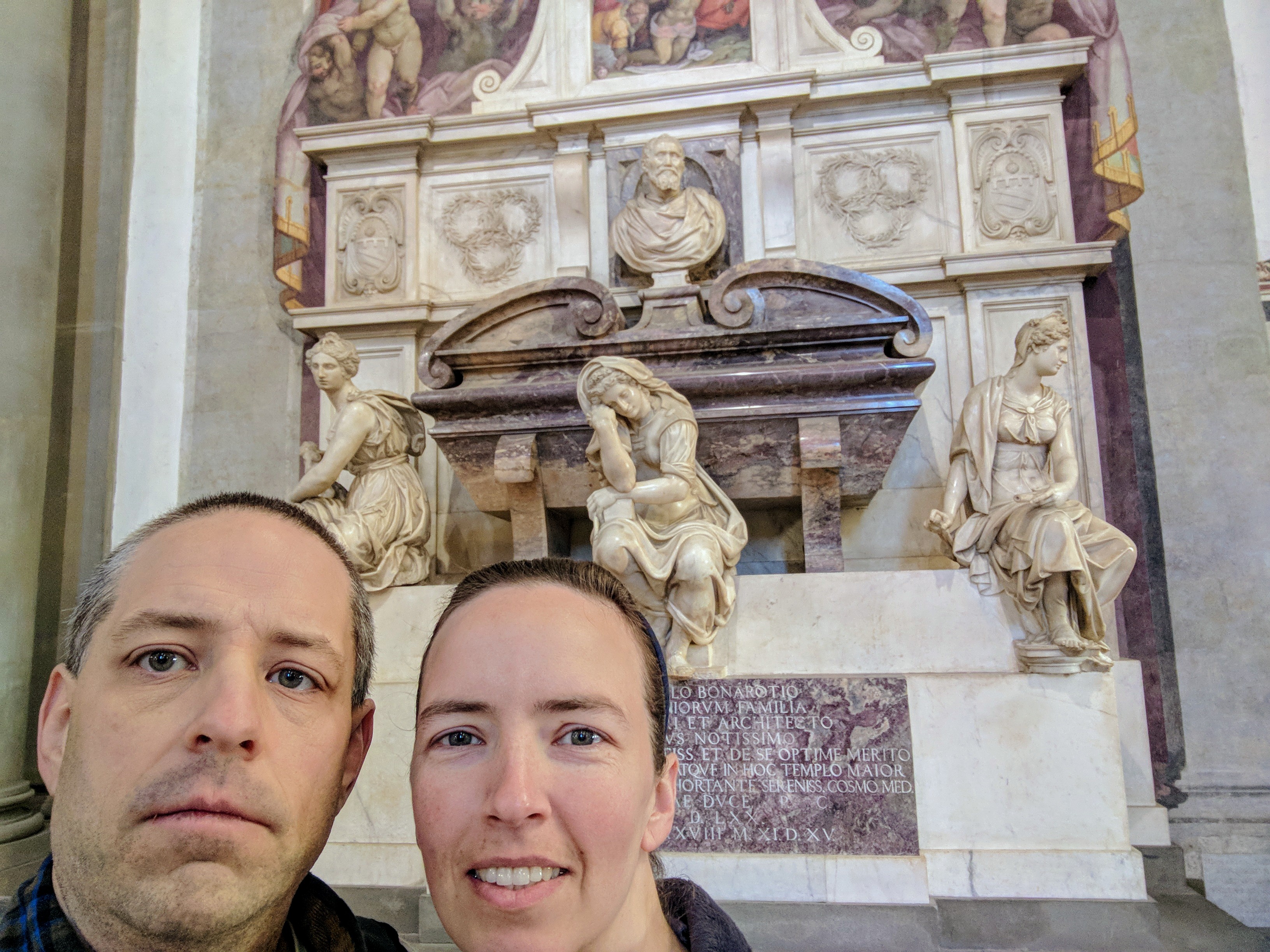
Michelangelo, an adopted son of Lorenzo de Medici, was the greatest artist of the Renaissance.
He sculpted David (the greatest sculpture of all time), Moses in San Pietro in Vincoli (which is very near the working-class neighborhood where Julius Caesar grew up), and Pieta in St Peter’s Basilica.
Michelangelo also painted the Sistine Chapel, the Pope’s Private Chapel. And he designed and built St. Peter’s Basilica, which is the largest Catholic Church in the World.
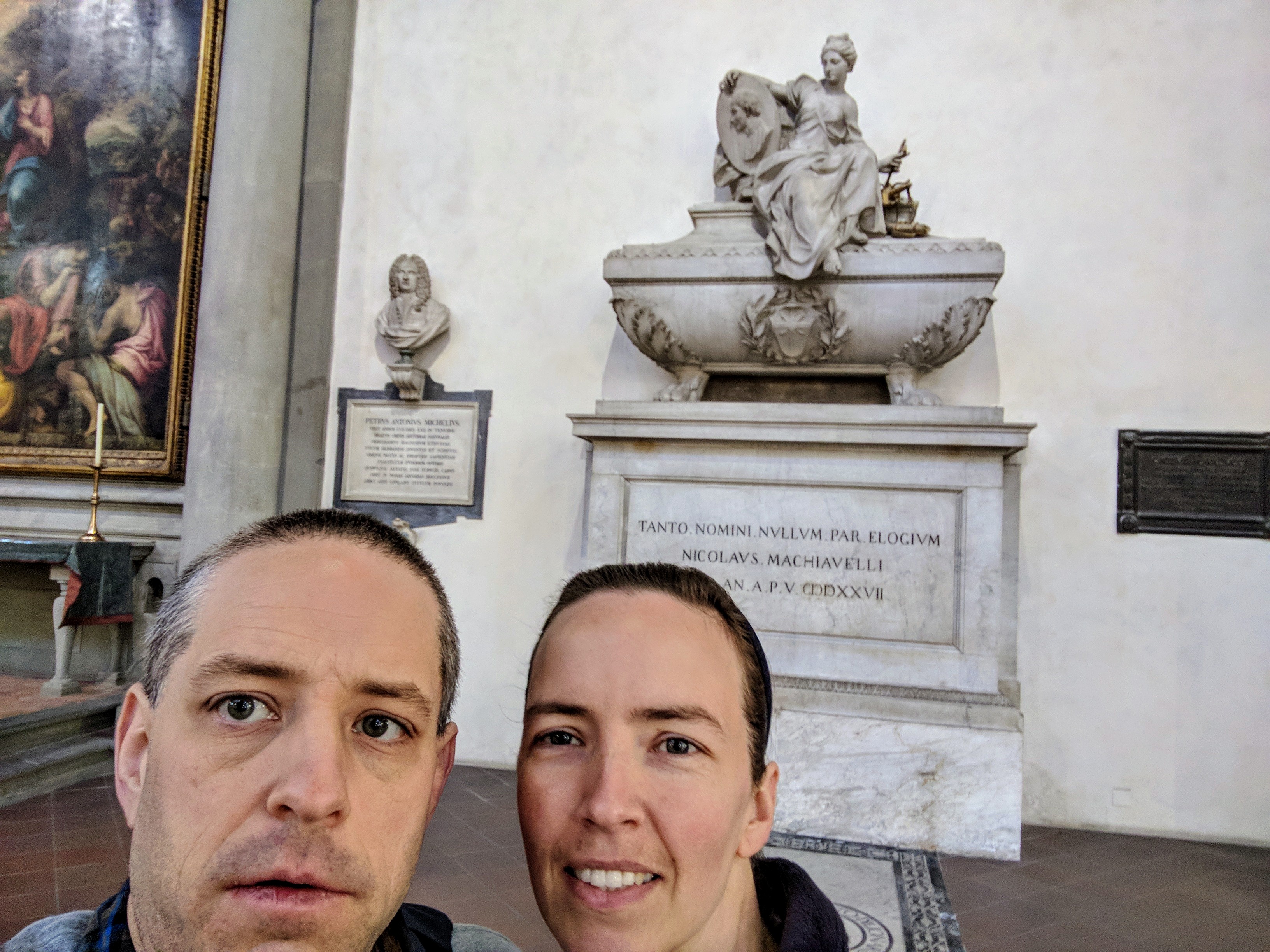
Machiavelli was a senior official in the Florentine Republic in the early 16th Century, whilst the Medici were exiled and cast out.
He is most famous for writing The Prince, a book (public domain version on Project Gutenberg) advising Statesmen how to get and retain power, (sometimes by any means necessary).
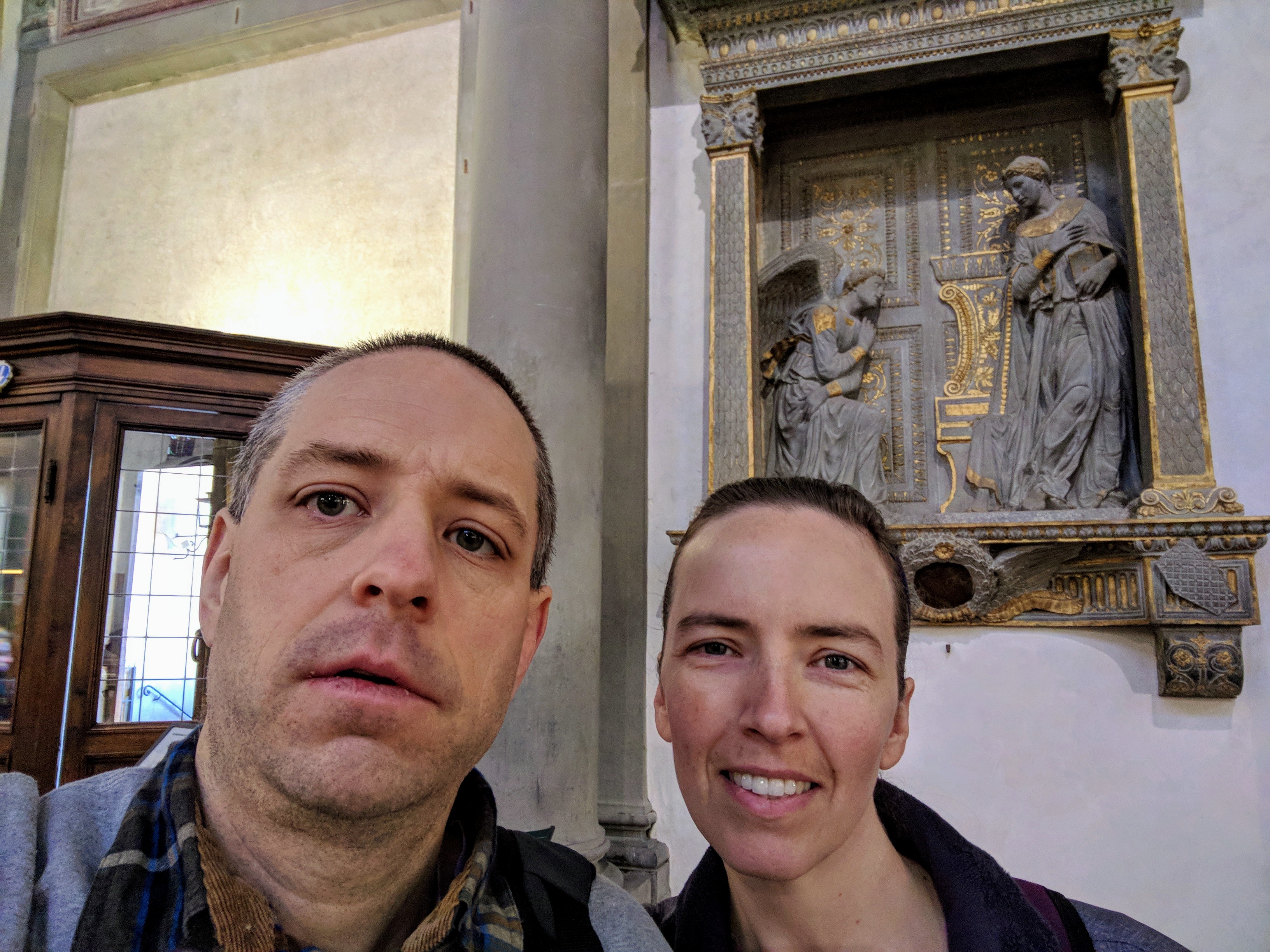
Donatello was a famous Renaissance Sculptor.
Annunciation is the formal name of the story in which the Angel Gabriel announces to Mary that she is to be the Mother of Jesus Christ.